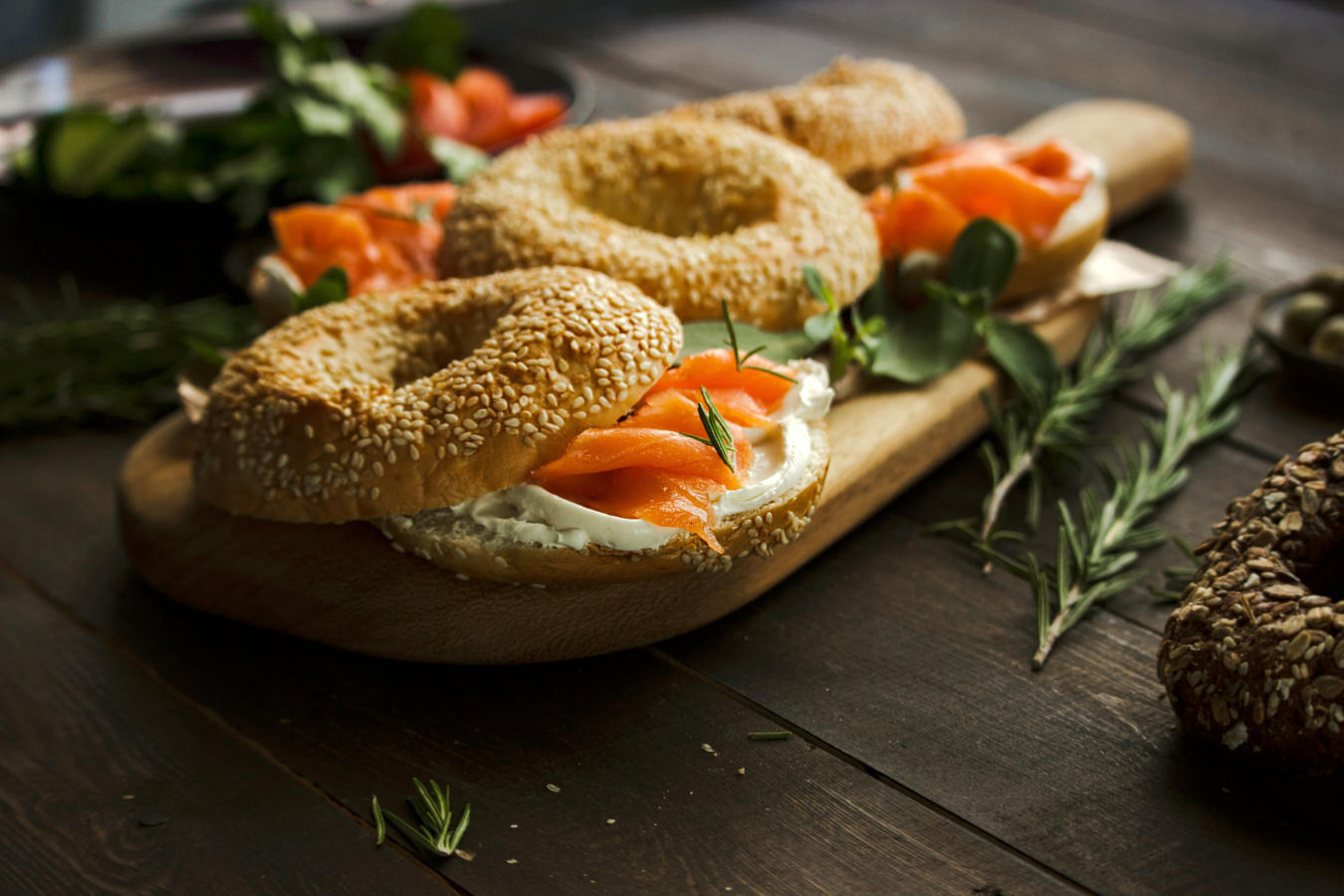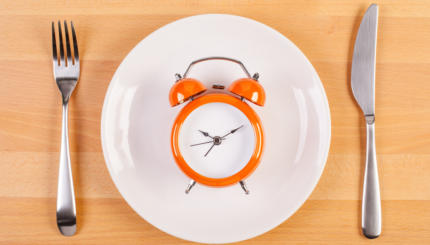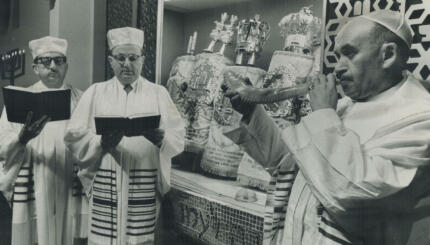By the time the final service of Yom Kippur, Neilah, draws to a close with a long shofar blast, people who have been fasting the full 25 hours can feel pretty famished — and most especially, thirsty. Many synagogues provide a minimal break fast served right after havdalah so that people do not have to go to their dinners on a totally empty stomach. This might be juice, crackers, and fruit — hydration and fast-acting carbs are usually welcome.
Full break fast meals are sometimes held in synagogues, but often in people’s homes or other communal spaces. It is common to serve bagels and schmear or kugel because these can be prepared in advance and require no cooking or preparation during the holiday. Here are some more menu ideas. There is usually very little ritual at these meals other than, in more traditional settings, the ritual hand-washing and the blessing for eating bread that precede any other ordinary meal. Usually, people enjoy the lighter mood that follows Yom Kippur, and the opportunity to fill their stomachs. If you’ve been fasting, you might want to go slowly — a large, quickly-consumed meal might not sit well!
With your help, My Jewish Learning can provide endless opportunities for learning, connection and discovery.



